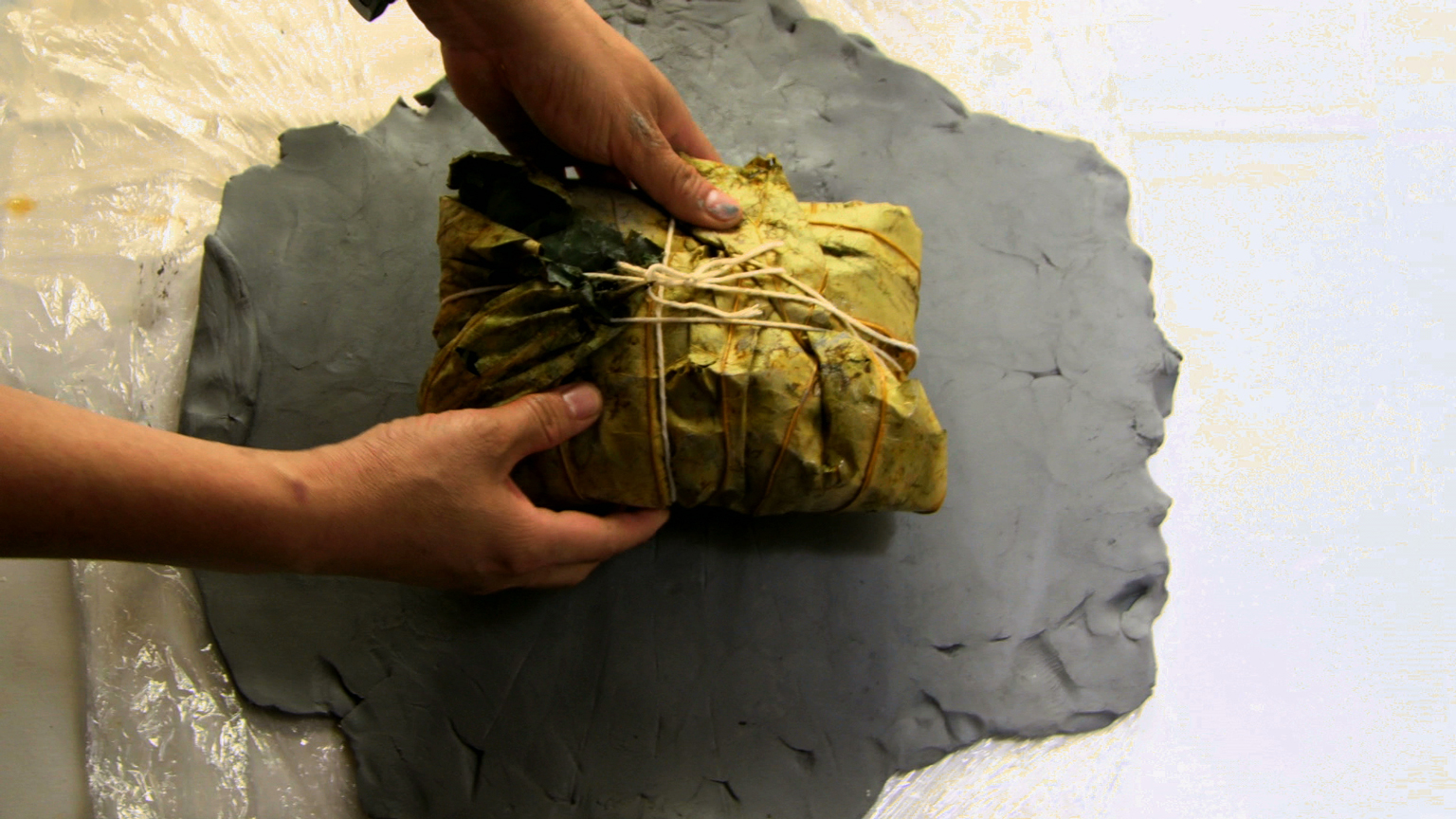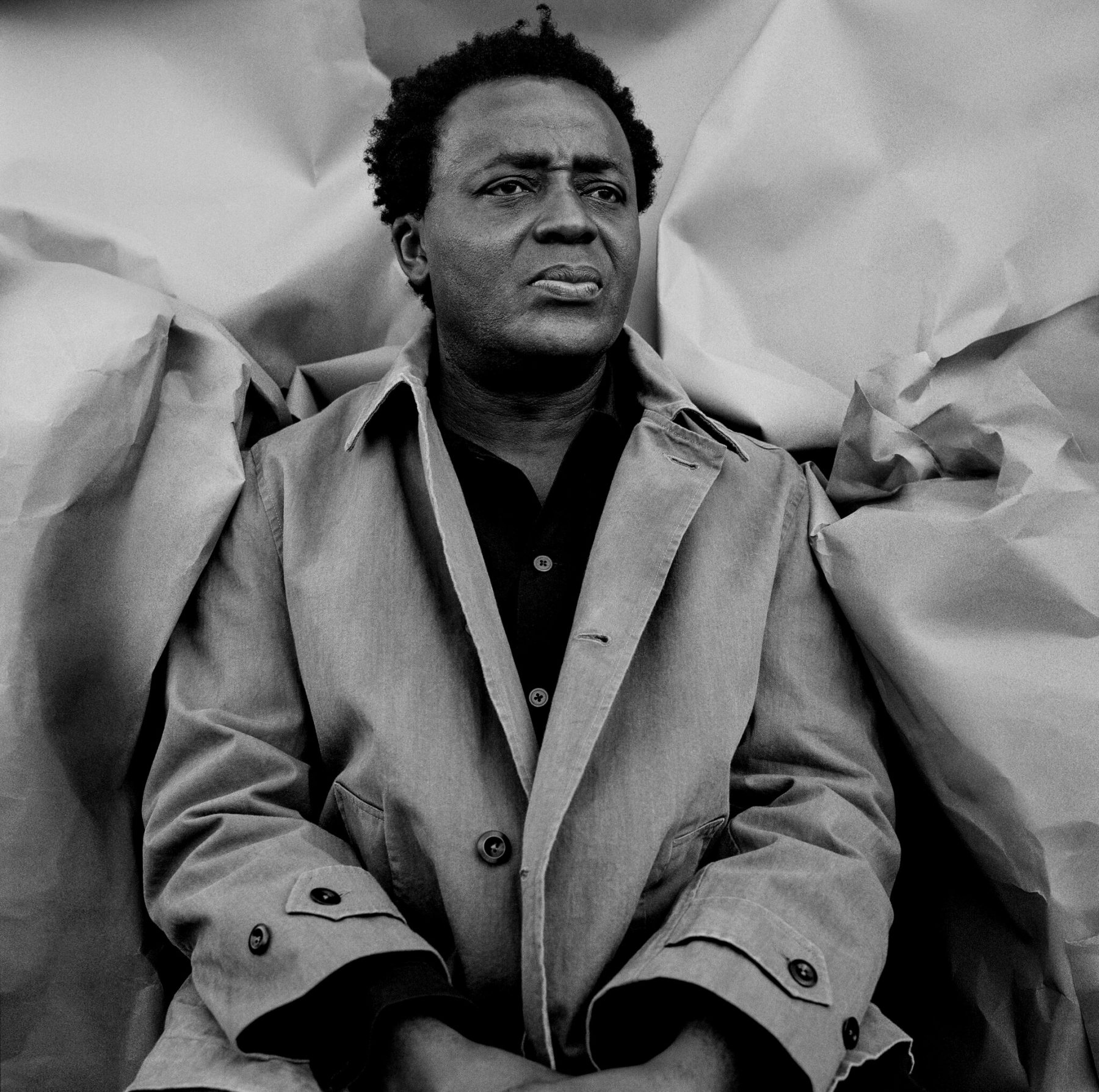Wayne Wang discusses “Soul of a Banquet”
Wayne Wang's interview with PBS about his film "Soul of a Banquet."
Member Movement & Conversion and Churn through 9 November 2021
After several months of little change in numbers, the long-awaited upward movement started up again and held steady over the past six weeks or so.
OVID’s November Releases: Wayne Wang’s “Soul of a Banquet,” German drama series “Generation War,” the strange world of Jim Finn, and much more!
OVID.tv, the curated streaming destination for documentary and art-house films from around the world, announces its wide-ranging selection of films coming in November.
Four Films by Jim Finn!
Four "Utopian comedies" by Jim Finn premiere today on OVID!
Master List of Films on OVID
We've updated our master list of films currently on OVID, through October 1, 2021—wonder how many?
“Tharlo” Music Video!
Today, Pema Tseden's acclaimed drama Old Dog premieres on OVID.tv! In honor of the occasion, we have something special to show you.
OVID’s October Releases: Marguerite Duras’ “Le Navire Night,” Mario Ruspoli retrospective, documentaries exploring the Jewish diaspora, Jim Finn’s indescribable “Utopian comedies” & more!
OVID.tv, the curated streaming destination for documentary and art-house films from around the world, announces its wide-ranging selection of films coming in October.
Shu Lea Cheang in BOMB Magazine
Shu Lea Cheang speaks in 1996 about Fresh Kill. [Image credit: Glenn Halvorson for BOMB Magazine]
John Akomfrah in The New York Times
John Akomfrah reflects on his career and latest work. [Image credit: Adama Jalloh for The New York Times]






